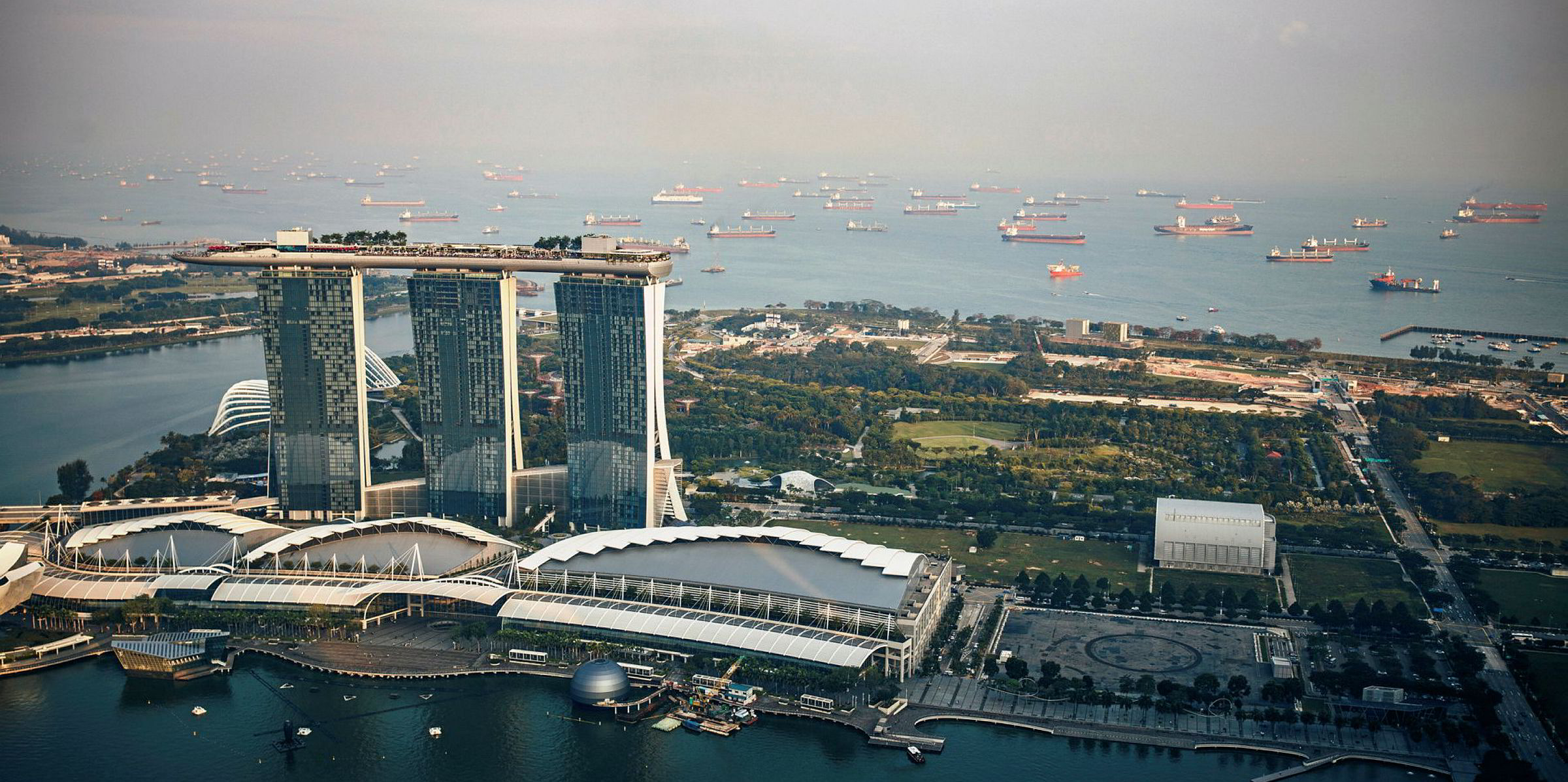Fearnleys Securities has said the dry bulk sector is "not where we thought we would be", with dry bulk equities having lost around 10% of their value so far this year.
The Oslo-based firm forecasts further declines in earnings and share prices for dry bulk shipping, but told TradeWinds that it still believes the sector's fundamentals will improve in the longer term.
Fearnley Securities has downgraded its rating for the sector from 'buy' to 'hold' and forecasts an average 3% upside for bulker owners' share prices, according to a research report on Monday.
Espen Landmark Fjermestad, an equities research partner at the outfit, told TradeWinds that shipping stocks are coming under pressure for three main reasons.
Firstly, he said, the entire bill for IMO 2020-compliant bunkers has been funded by shipowners so far, rather than being passed on to shippers in the freight market.
Secondly, reduced volumes of iron ore will be exported by Brazil in the first quarter this year, causing vessel supply to outstrip demand, he explained.
Thirdly, he said, asset values will be pressured downwards as freight rates decline.
"All these factors have come to fruition over the last month or so, causing this downgrade," Fjermestad told TradeWinds.
Downwards revision
The firm has lowered its rate forecasts for the full-year 2020 by 16%, "reflecting mainly first-quarter revisions", according to the report.
Capesize rate forecasts for this year have been lowered from the previous estimate of an average $19,000 per day to $10,000 per day.
"In the Pacific, capesize TCEs [time-charter equivalent rates] are now close to negative, but with Vale reducing first-quarter 2020 output there are few opportunities elsewhere," Fearnley Securities said.
The firm expects negative sentiment to continue into the next earnings season.
"We also see downward pressure on [asset] values, and now assume a 10% decline in values in our [target prices]," the firm said.
Fearnley Securities pointed to the GoodBulk's sale of its 175,900-dwt capesize Aquacarrier (built 2011), which achieved a price of just $18m.
"This forms the basis of our TPs [target prices], placing our coverage universe at fair steel values vs. presently 20% below," the firm said.
Bearish outlook
What further complicates the freight earnings picture is that actual capesize earnings are worse than what Baltic Exchange indices would suggest, according to the research report.
"Capesize rates are most commonly quoted through the 5TC index, which represents a weighted average of five routes," Fearnleys explained.
"However, with Australia representing more than 50% of overall iron ore volumes and Brazil another 25%, the index will from time to time be a bad proxy for actual TCEs [timecharter equivalent rates]."
The firm pointed to the fact that freight for the ex-Australia and ex-Brazil trades to China have declined steadily, "implying that owners have not been compensated for the added fuel cost" for compliant bunkers.
To make matters worse, many capesizes are presently being held in the Pacific, where rates are the weakest, the firm said.
"This is due to limited Atlantic volumes and because most [scrubber] retrofits take place in the East," Fearnley Securities stated.








